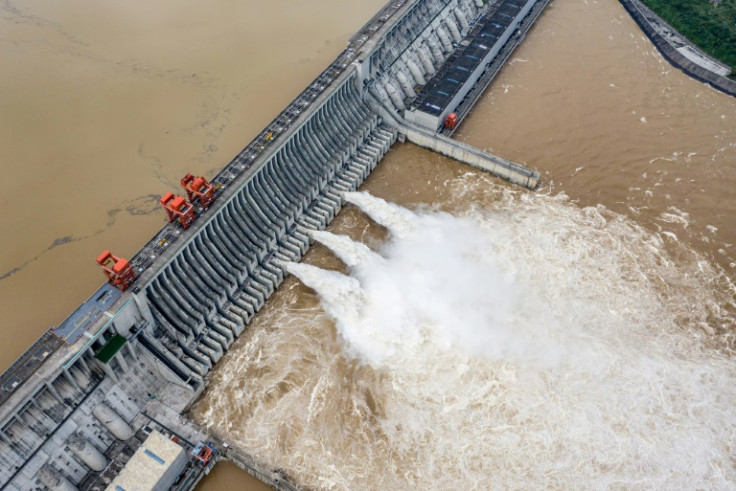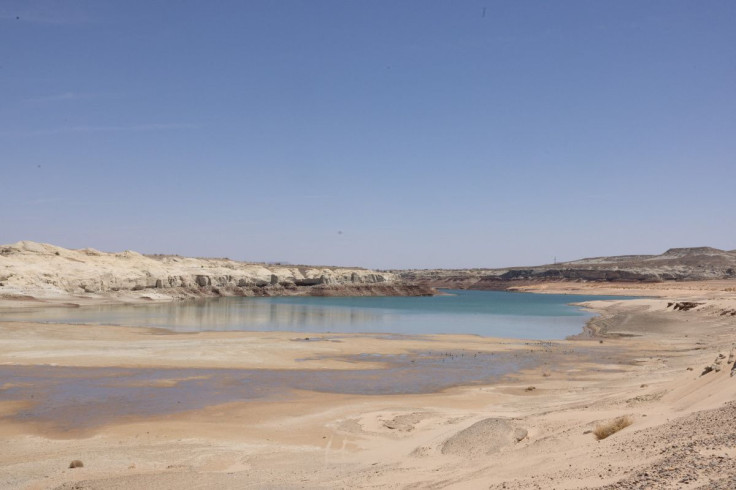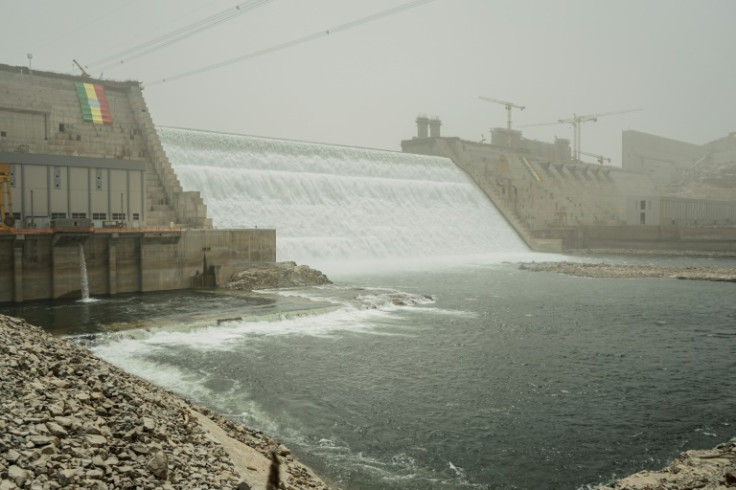
As COP28 continues in the UAE, nearly unprecedented international attention has been paid to the advancement of green and renewable energy technologies, including photovoltaic solar, offshore wind, hydrogen fuel and even nuclear fusion.
But in a change from previous UN climate conferences, notably missing from the numerous commitments of renewable capacity building and emissions reductions already made at COP28 is a substantive commitment on behalf of governments or private firms to increase the global footprint of hydroelectric power.
Large-scale hydroelectric power facilities have existed throughout the world since a wave of post-war construction booms in the mid-20th century; hydropower currently accounts for the largest share of the world's primary energy consumption from renewable sources. It is responsible for over 60% of primary energy consumption in major economies including Brazil, Ethiopia, Norway and the Democratic Republic of the Congo.
Yet hydroelectric power has taken a backseat at COP28 to other renewable energy alternatives, even those struggling in already heavily-subsidized sectors (namely the offshore wind industry in the U.S.).
Hydroelectric power's deemphasis at COP28 is reflective of an ongoing debate among scientific experts regarding its carbon footprint, as the world continues to grapple with determining the ideal mix of energy sources for a carbon-free future.
Benefits Of Hydropower
Hydroelectric power is the world's oldest form of renewable energy. After dam construction and reservoir filling, hydroelectric facilities use the force of gravity from naturally-accumulated water to spin turbines, generating electricity without combustion.

A study published in PNAS in July by researchers at Stanford University's Doerr School of Sustainability highlighted the purported benefits of hydroelectric power. The study found that over a period of 20 years, decreased power output from hydroelectric facilities brought on by consistent drought conditions accounted for 121 million tons of carbon emissions, as utilities were forced to supplement this deficit with fossil fuel sources (namely natural gas-fired power plants).
In simpler terms, the Stanford study found that the US has the capacity to remove the equivalent carbon emissions of 1.3 million passenger cars per year if existing hydroelectric power infrastructure capacity were maximized. Hydroelectric power currently accounts for under 3% of primary energy consumption in the U.S., according to the U.S. Energy Information Administration, behind wind energy.
Despite on-face benefits and sizable existing infrastructure, hydroelectric power has received low international investment over recent years relative to other, more capital-intensive renewable energy alternatives.
Hydropower: Renewable, But Not Very Green

The supposed primary benefit of renewable hydroelectric power—carbon dioxide emission reductions from decreased dependence on oil, gas and coal—also comes with a large, often unpredictable tradeoff in the form of methane emissions.
Man-made reservoirs do not form naturally, by definition. Dam construction necessitates flooding a large area of land, during the process of which organic material (native plants and animals) inevitably becomes trapped at the bottom of the newly formed reservoir and begins decomposing.
This decomposition produces methane, which is then released into the atmosphere as reservoir water jets flow through power turbines. Methane emissions occur at higher rates during the first two decades of a dam's operations, posing a challenge to new projects intended to reduce carbon emissions.
Though methane dissipates faster than carbon dioxide (CO2), it is over 28 times more potent at trapping heat in the atmosphere.
Methane emissions from normal hydroelectric operations are a relatively recent scientific discovery, and the rate of emissions can vary widely between specific dams depending on atmospheric and environmental conditions. But overall, man-made reservoirs are estimated to have contributed approximately 6% of total global methane emissions over the past 20 years, and that figure is expected to grow to at least 8% by 2060.
The U.S. Environmental Protection Agency found that reservoirs in the United States (including those used for hydroelectric power generation) added almost 29 million tons of carbon emissions from methane and CO2 in 2021 alone. At that pace, man-made lakes in the US generate emissions at an annual rate 4.8 times greater than the emissions reduction benefits of replacing traditional fossil fuel sources with existing renewable hydroelectric capacity, as identified by the Stanford researchers (6 million tons offset per year vs 29 million tons added per year).
Ultimately, while hydroelectric power may be less "green" than solar, wind or geothermal power, it still is much less carbon-intensive than existing alternatives like natural gas, coal and oil (at least ten-fold less carbon-intensive, in fact).
But as long as the proper investment climate and regulatory incentives exist, governments and private companies concerned with negative externalities will likely continue to choose to eschew hydroelectric power for alternatives more certain to contribute to carbon emission reductions.







